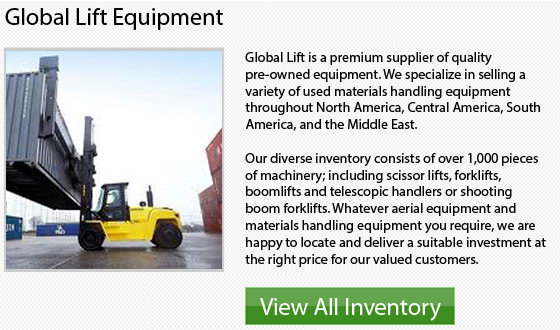
Since its introduction during the early 1920s, the lift truck has become an important piece of machine found in numerous warehousing and industrial operations. Clark, one of the pioneers of the very first lift truck, has grown to become a leader within the material handling business and still remains a leading supplier. Other popular names in the making of these machines consist of: Yale, Hyster, Nissan Cat, Toyota and Mitsubishi.
The Hyster type of lift truck has become among the industries most popular manufacturers. The truth is, in some places, the word "Hyster" is synonymous with forklift. Various other names for this industrial lifting equipment consist of: stacker truck, fork truck, high/low, lift truck and jitney.
It was in the 19th century that the machine ancestors of the lift truck was initially developed. At this time, small, battery-powered units were invented for the purpose of moving traveler's luggage in Pennsylvania at the Altoona train station. In WWI, several different types were made in England particularly to be utilized in the material handling industry. These machines evolved as a solution to the lack of manpower at that time.
The modern equivalents come in a variety of configurations and sizes. There are the large truck-mounted lift truck models which are also referred to as sod loaders and then the opposite end of the spectrum has small hand truck models. There are also a line of automated versions referred to as forklift automated guided vehicles that are basically robotic in nature. These units were developed as a way of lowering operational expenses and to improve productivity.
A common forklift is able to utilize a huge range of attachments that are capable of being added for a range of particular functions. The motors could be internal combustion or IC units, working on diesel, gasoline or propane, or there are battery operated options which require regular charging. Standard warehouse models will usually be rated to lift between roughly 1 and 5 tons.
The forklift has become a priceless part in the material handling industry. Many of these models are utilized each and every day throughout the globe to perform tasks which used to require much more man-power. Operators must take stringent training programs in order to run these heavy equipment legally and safely. Numerous employees have longer careers now and better overall health due to their not having to raise items manually anymore since the forklifts could handle those situations now instead.